Featured News
Top Stories
Road Safety in Sri Lanka: A Call for Urgent Action and Sustainable Solutions
Sri Lanka, a beautiful island nation known for its rich culture and stunning landscapes, is grappling with a severe road safety crisis. Recent tragic incidents, including a devastating bus accident that claimed the lives of at least 21 people and injured over 35 others, have highlighted the urgent need for comprehensive road safety measures. With nearly 600 fatalities reported in road accidents this year alone, the statistics paint a grim picture of the state of road safety in the country. This article delves into the causes of road accidents in Sri Lanka, the economic implications, and the urgent need for effective strategies to enhance road safety and protect lives.

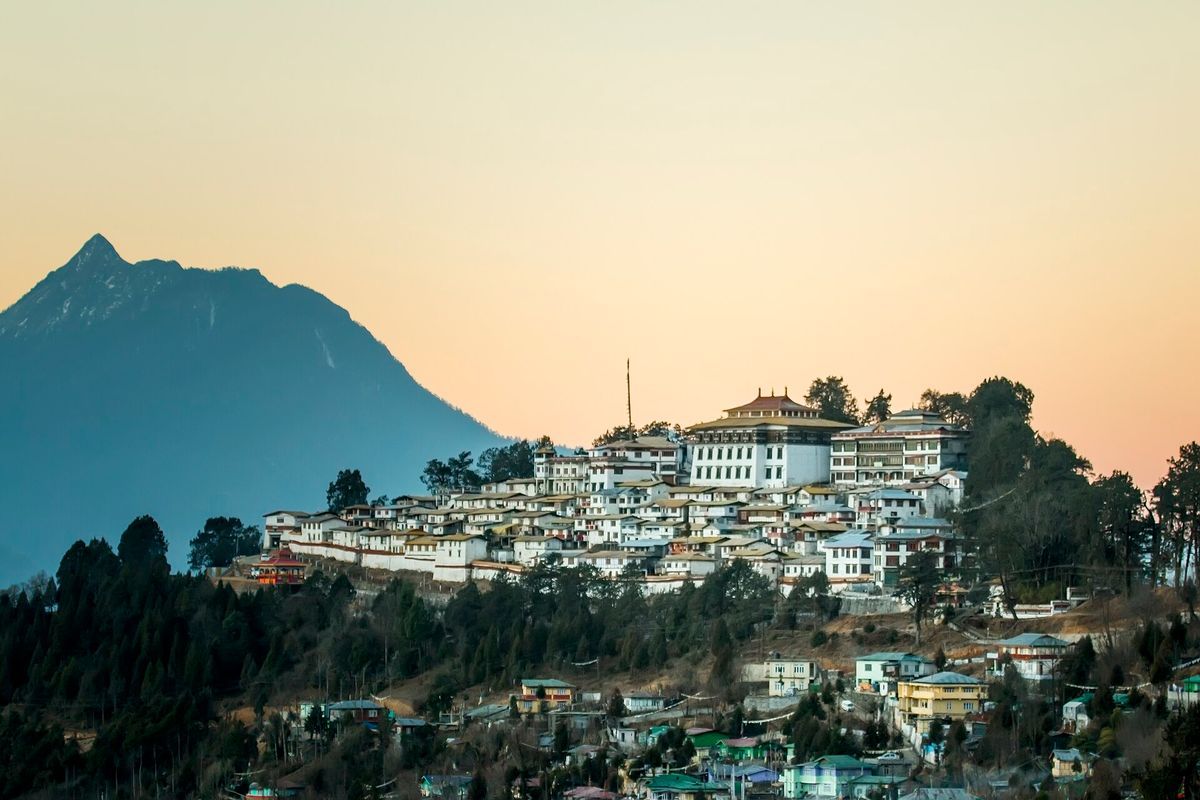
Reviving Tradition: The Future of Himalayan Architecture
The Himalayan region, with its breathtaking landscapes and rich cultural heritage, is home to unique architectural styles that have evolved over centuries. Traditional houses, such as those found in the villages of Bhume and Putha Uttarganga in East Rukum, Nepal, exemplify the ingenuity of local craftsmanship and the use of indigenous materials. However, as modernization and urbanization take hold, these traditional structures face the threat of extinction. This article explores the significance of traditional Himalayan architecture, the challenges it faces, and the urgent need for a revival of these time-honored building practices to ensure community resilience in the face of environmental changes.

The Changing Face of Cricket: Challenges and Opportunities Ahead
Cricket, a sport with roots dating back to the 16th century, has evolved into the second most popular sport globally, captivating millions with its rich history and diverse formats. From the traditional Test matches that span five days to the explosive Twenty20 (T20) format that has revolutionized the game, cricket continues to grow as both a sport and a business. As we look to the future, the question arises: what does the future of cricket hold? This article delves into the various aspects shaping the future of cricket, including its formats, the impact of technology, the rise of women's cricket, the financial landscape, and the global expansion of the game.
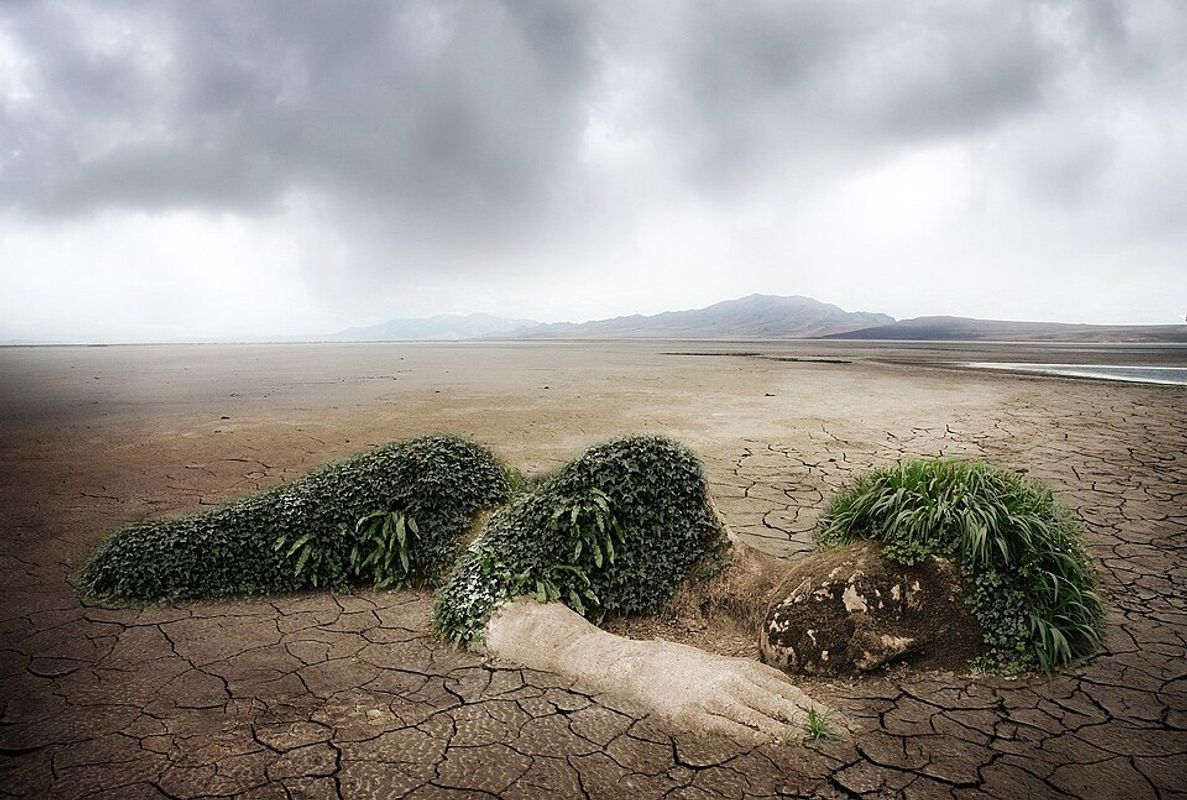
Climate Migration: Understanding the Dynamics and Implications for Global Society
As climate change continues to reshape our planet, its impact on human mobility is becoming increasingly evident. While public discourse often centers on international migration, recent studies indicate that climate-induced migration frequently occurs within national borders, leading to significant internal displacement. This article explores the complex relationship between climate change and migration, drawing on scientific research, case studies, and policy implications to provide a comprehensive understanding of climate migration. By examining the dynamics of internal migration driven by environmental stressors, we can better prepare for the challenges and opportunities that lie ahead.

What Sri Lanka Can Learn from Singapore
The story of Singapore's transformation from a struggling port city to a global financial hub is one of the most remarkable economic success stories of the 20th century. In 1965, Singapore was a newly independent nation with no natural resources, a largely uneducated populace, and a high unemployment rate. Fast forward to today, and it stands as a beacon of prosperity, boasting a per capita income that rivals some of the wealthiest nations in the world. In contrast, Sri Lanka, once viewed as a model for Singapore, has faced numerous challenges that have hindered its development. This article explores the lessons Sri Lanka can learn from Singapore's journey, focusing on key areas such as governance, economic policy, human resource development, infrastructure investment, and social cohesion.

The Success Story of Singapore: A Model for Transformation
Singapore is one of the most impressive success stories of nations’ development in the 20th century. During the life of one generation, the country with a small chance for independent survival has transformed itself into the world leader almost in all aspects of socio-economic development. Among others, the list of Singapore’s main achievements includes an innovative approach in advancing the educational system, development of its national healthcare and housing systems, and likely the most important the country’s success in nation-building in a multiracial, multilanguage, multicultural society. What makes Singapore’s experience even more interesting and important to study is that many reforms implemented in this country were unique, and some elements of the country’s political development can be considered out of line with democratic practices and even authoritarian. Altogether, Singapore’s story and the role and political philosophy of this country’s founding father Lee Kuan Yew represent a huge interest for specialists in comparative economics and for policymakers.
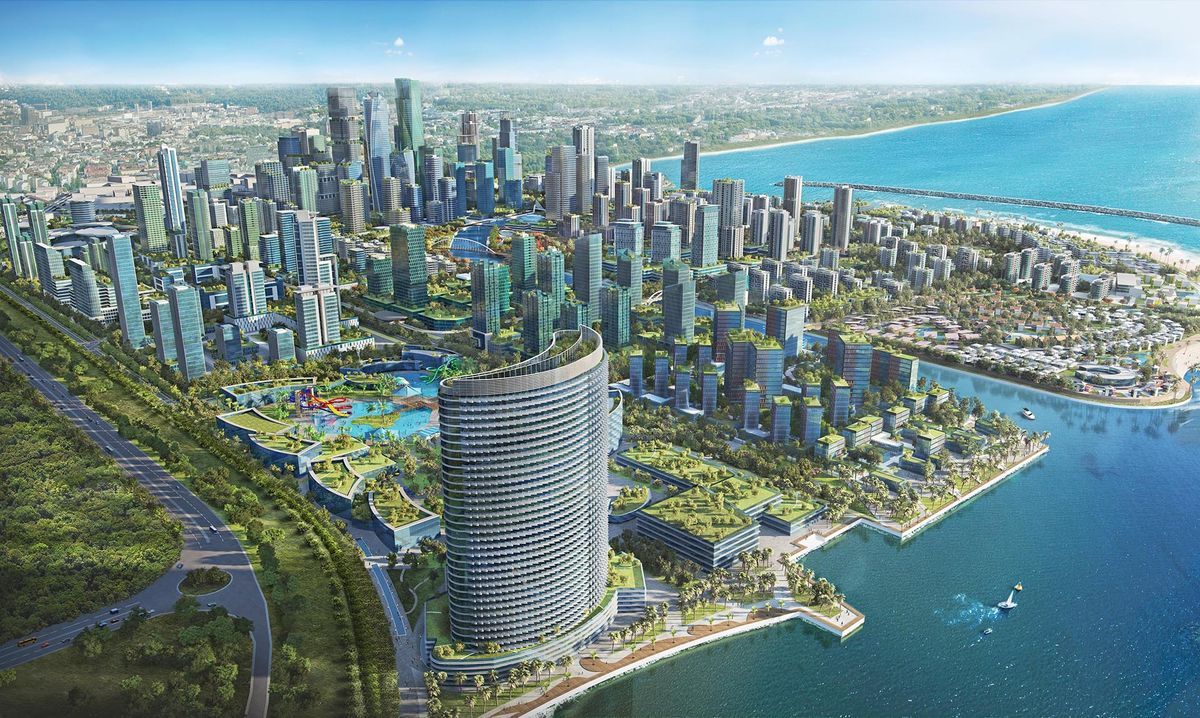
Port City Colombo: A New Era of Urban Development in Sri Lanka
Port City Colombo is an ambitious urban development project that aims to transform the landscape of Colombo, Sri Lanka, into a modern, service-oriented Special Economic Zone (SEZ). With an initial investment of US$1.4 billion and an anticipated total investment of US$20 billion upon completion, this project is set to redefine the economic and social fabric of the region. Spanning 269 hectares, Port City Colombo is a sea reclamation project adjacent to the existing Colombo Business District (CBD) and is designed to attract international businesses, investors, and residents.
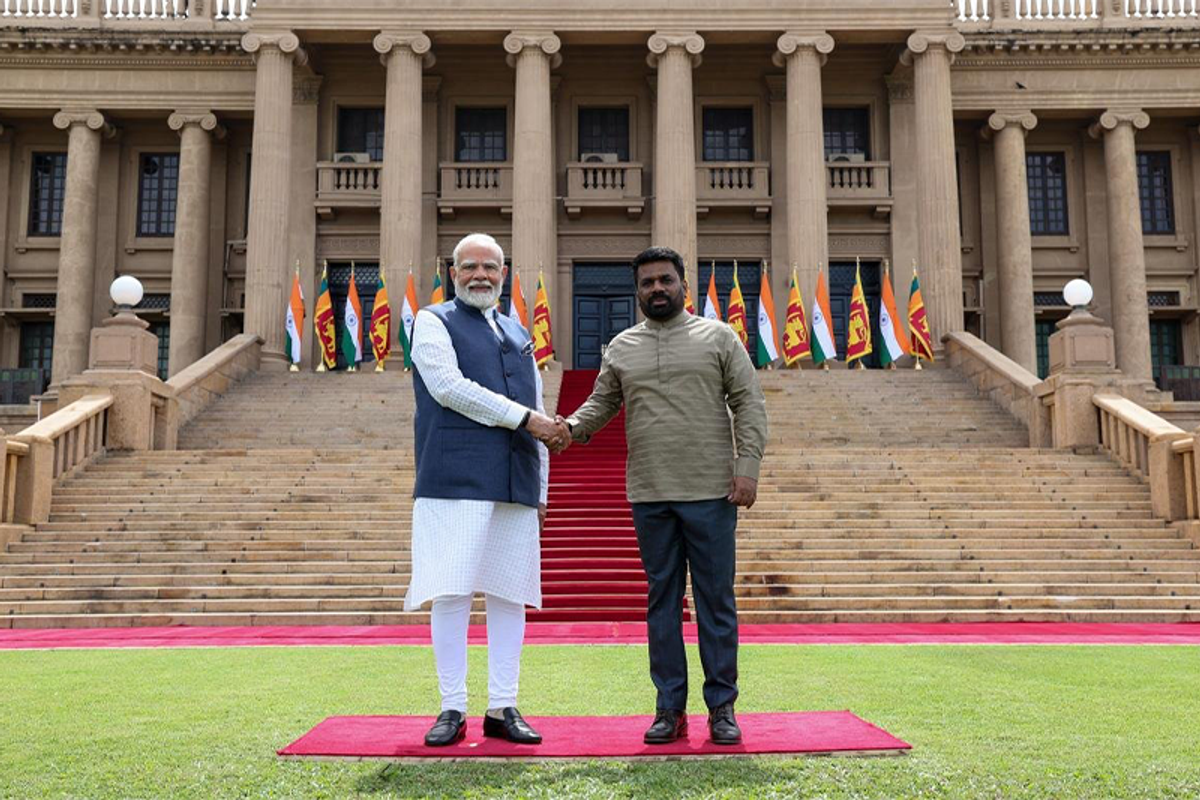
Sri Lanka Strengthens Ties With India Amid Tensions
Indian Prime Minister Narendra Modi received Sri Lanka's highest civilian honor, the Mithra Vibhushan, from President Anura Kumara Dissanayake at Independence Square. The ceremony marked a strategic shift as Sri Lanka, historically aligned with China, strengthened ties with India through a fiveyear defense pact on training and intelligence sharing. The move reflects Sri Lanka's balancing act between India's "Neighbourhood First" policy and China's Belt and Road Initiative. Despite deep historical and cultural links, tensions persist, including India's controversial role in Sri Lanka's civil war and China's expanding infrastructure investments. India's $4 billion aid during Sri Lanka's 2022 economic crisis bolstered relations, with trade reaching $5.54 billion in 2023–24. However, disputes over fishing rights and Tamil autonomy remain unresolved. Security cooperation has grown, with joint military exercises and India gifting a Dornier aircraft for maritime surveillance. Sri Lanka also banned foreign research vessels in 2024, addressing Indian concerns over Chinese espionage. President Dissanayake's pragmatic approach underscores Sri Lanka's delicate position amid competing regional influences. As one diplomat noted, "We are not proIndia or proChina. We are prosurvival."
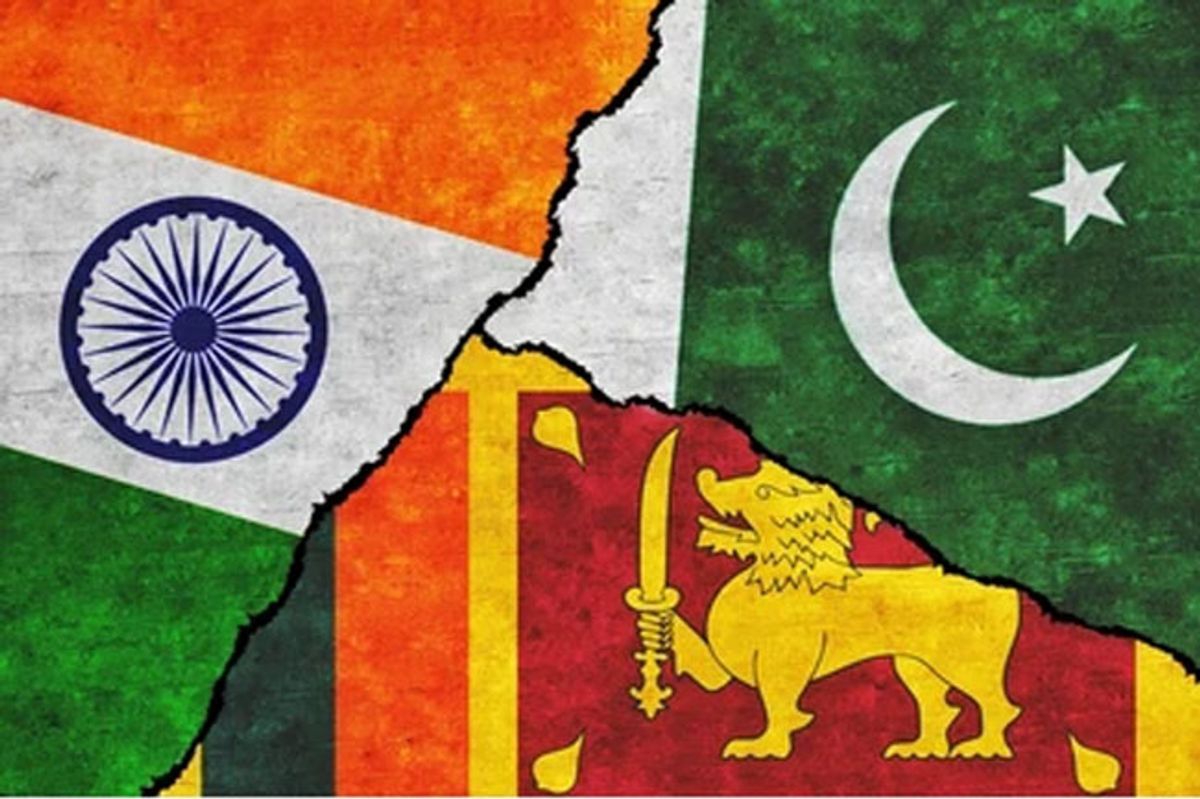
India Pakistan Tensions Viewed From Sri Lankan Perspective
India-Pakistan relations have deteriorated following the April 22 Pahalgam attack in Kashmir which left 26 tourists dead. Pakistan-based Resistance claimed responsibility for the attack, prompting India to suspend the Indus Waters Treaty and expel Pakistani diplomats. Pakistan retaliated by closing its airspace to Indian flights and suspending the Shimla Agreement.
Latest News

Road Safety in Sri Lanka: A Call for Urgent Action and Sustainable Solutions
Sri Lanka, a beautiful island nation known for its rich culture and stunning landscapes, is grappling with a severe road safety crisis. Recent tragic incidents, including a devastating bus accident that claimed the lives of at least 21 people and injured over 35 others, have highlighted the urgent need for comprehensive road safety measures. With nearly 600 fatalities reported in road accidents this year alone, the statistics paint a grim picture of the state of road safety in the country. This article delves into the causes of road accidents in Sri Lanka, the economic implications, and the urgent need for effective strategies to enhance road safety and protect lives.

Reviving Tradition: The Future of Himalayan Architecture
The Himalayan region, with its breathtaking landscapes and rich cultural heritage, is home to unique architectural styles that have evolved over centuries. Traditional houses, such as those found in the villages of Bhume and Putha Uttarganga in East Rukum, Nepal, exemplify the ingenuity of local craftsmanship and the use of indigenous materials. However, as modernization and urbanization take hold, these traditional structures face the threat of extinction. This article explores the significance of traditional Himalayan architecture, the challenges it faces, and the urgent need for a revival of these time-honored building practices to ensure community resilience in the face of environmental changes.

The Changing Face of Cricket: Challenges and Opportunities Ahead
Cricket, a sport with roots dating back to the 16th century, has evolved into the second most popular sport globally, captivating millions with its rich history and diverse formats. From the traditional Test matches that span five days to the explosive Twenty20 (T20) format that has revolutionized the game, cricket continues to grow as both a sport and a business. As we look to the future, the question arises: what does the future of cricket hold? This article delves into the various aspects shaping the future of cricket, including its formats, the impact of technology, the rise of women's cricket, the financial landscape, and the global expansion of the game.

Climate Migration: Understanding the Dynamics and Implications for Global Society
As climate change continues to reshape our planet, its impact on human mobility is becoming increasingly evident. While public discourse often centers on international migration, recent studies indicate that climate-induced migration frequently occurs within national borders, leading to significant internal displacement. This article explores the complex relationship between climate change and migration, drawing on scientific research, case studies, and policy implications to provide a comprehensive understanding of climate migration. By examining the dynamics of internal migration driven by environmental stressors, we can better prepare for the challenges and opportunities that lie ahead.

What Sri Lanka Can Learn from Singapore
The story of Singapore's transformation from a struggling port city to a global financial hub is one of the most remarkable economic success stories of the 20th century. In 1965, Singapore was a newly independent nation with no natural resources, a largely uneducated populace, and a high unemployment rate. Fast forward to today, and it stands as a beacon of prosperity, boasting a per capita income that rivals some of the wealthiest nations in the world. In contrast, Sri Lanka, once viewed as a model for Singapore, has faced numerous challenges that have hindered its development. This article explores the lessons Sri Lanka can learn from Singapore's journey, focusing on key areas such as governance, economic policy, human resource development, infrastructure investment, and social cohesion.
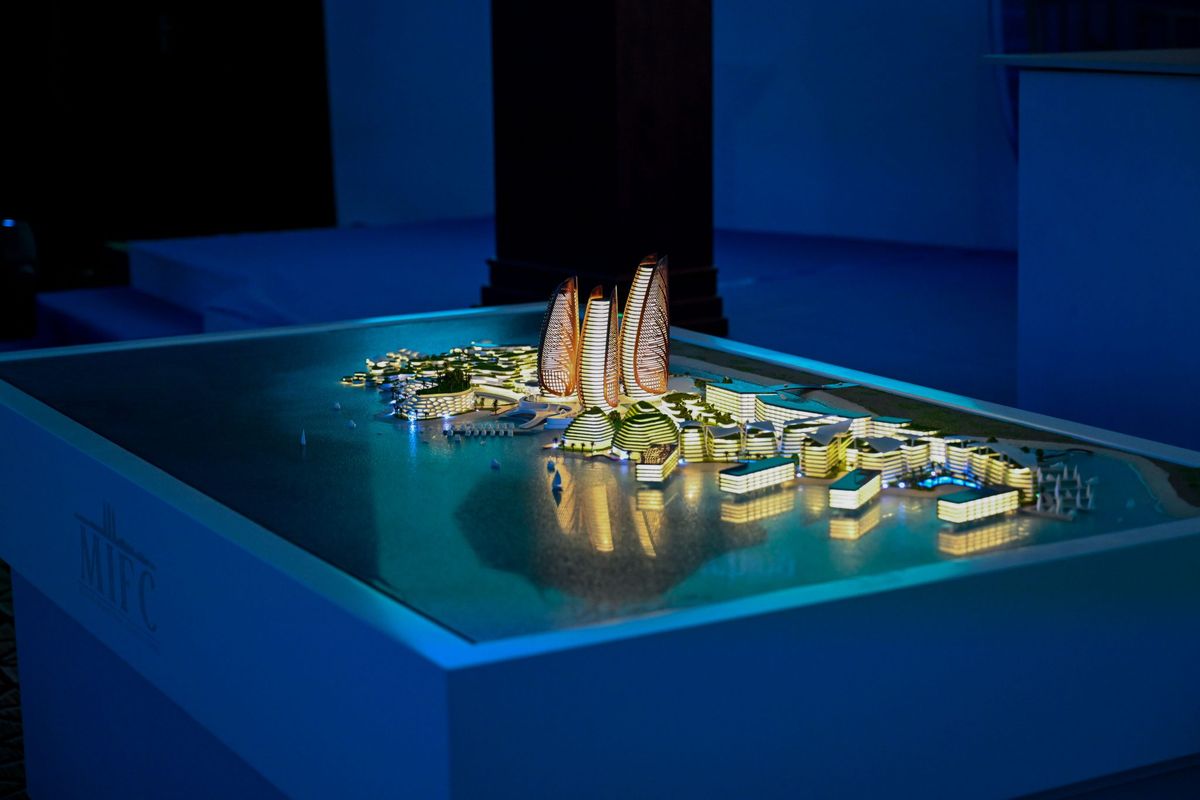
What the Maldives' New Planned Financial City Means for Sri Lanka
The Maldives is poised to make a significant leap in its economic landscape with the launch of the Maldives International Financial Centre (MIFC). This ambitious project, backed by Middle Eastern investors, aims to transform the Maldives into a future-ready economy by 2040. As the Maldives embarks on this journey, Sri Lanka finds itself at a crossroads, facing the urgent need to act swiftly to maintain its competitive edge in the region. The implications of the MIFC for Sri Lanka are profound, as it raises questions about economic strategy, investment attraction, and regional cooperation.
Sports
Road Safety in Sri Lanka: A Call for Urgent Action and Sustainable Solutions
Sri Lanka, a beautiful island nation known for its rich culture and stunning landscapes, is grappling with a severe road safety crisis. Recent tragic incidents, including a devastating bus accident that claimed the lives of at least 21 people and injured over 35 others, have highlighted the urgent need for comprehensive road safety measures. With nearly 600 fatalities reported in road accidents this year alone, the statistics paint a grim picture of the state of road safety in the country. This article delves into the causes of road accidents in Sri Lanka, the economic implications, and the urgent need for effective strategies to enhance road safety and protect lives.
Reviving Tradition: The Future of Himalayan Architecture
The Himalayan region, with its breathtaking landscapes and rich cultural heritage, is home to unique architectural styles that have evolved over centuries. Traditional houses, such as those found in the villages of Bhume and Putha Uttarganga in East Rukum, Nepal, exemplify the ingenuity of local craftsmanship and the use of indigenous materials. However, as modernization and urbanization take hold, these traditional structures face the threat of extinction. This article explores the significance of traditional Himalayan architecture, the challenges it faces, and the urgent need for a revival of these time-honored building practices to ensure community resilience in the face of environmental changes.
The Changing Face of Cricket: Challenges and Opportunities Ahead
Cricket, a sport with roots dating back to the 16th century, has evolved into the second most popular sport globally, captivating millions with its rich history and diverse formats. From the traditional Test matches that span five days to the explosive Twenty20 (T20) format that has revolutionized the game, cricket continues to grow as both a sport and a business. As we look to the future, the question arises: what does the future of cricket hold? This article delves into the various aspects shaping the future of cricket, including its formats, the impact of technology, the rise of women's cricket, the financial landscape, and the global expansion of the game.
Climate Migration: Understanding the Dynamics and Implications for Global Society
As climate change continues to reshape our planet, its impact on human mobility is becoming increasingly evident. While public discourse often centers on international migration, recent studies indicate that climate-induced migration frequently occurs within national borders, leading to significant internal displacement. This article explores the complex relationship between climate change and migration, drawing on scientific research, case studies, and policy implications to provide a comprehensive understanding of climate migration. By examining the dynamics of internal migration driven by environmental stressors, we can better prepare for the challenges and opportunities that lie ahead.
What Sri Lanka Can Learn from Singapore
The story of Singapore's transformation from a struggling port city to a global financial hub is one of the most remarkable economic success stories of the 20th century. In 1965, Singapore was a newly independent nation with no natural resources, a largely uneducated populace, and a high unemployment rate. Fast forward to today, and it stands as a beacon of prosperity, boasting a per capita income that rivals some of the wealthiest nations in the world. In contrast, Sri Lanka, once viewed as a model for Singapore, has faced numerous challenges that have hindered its development. This article explores the lessons Sri Lanka can learn from Singapore's journey, focusing on key areas such as governance, economic policy, human resource development, infrastructure investment, and social cohesion.
What the Maldives' New Planned Financial City Means for Sri Lanka
The Maldives is poised to make a significant leap in its economic landscape with the launch of the Maldives International Financial Centre (MIFC). This ambitious project, backed by Middle Eastern investors, aims to transform the Maldives into a future-ready economy by 2040. As the Maldives embarks on this journey, Sri Lanka finds itself at a crossroads, facing the urgent need to act swiftly to maintain its competitive edge in the region. The implications of the MIFC for Sri Lanka are profound, as it raises questions about economic strategy, investment attraction, and regional cooperation.
The Success Story of Singapore: A Model for Transformation
Singapore is one of the most impressive success stories of nations’ development in the 20th century. During the life of one generation, the country with a small chance for independent survival has transformed itself into the world leader almost in all aspects of socio-economic development. Among others, the list of Singapore’s main achievements includes an innovative approach in advancing the educational system, development of its national healthcare and housing systems, and likely the most important the country’s success in nation-building in a multiracial, multilanguage, multicultural society. What makes Singapore’s experience even more interesting and important to study is that many reforms implemented in this country were unique, and some elements of the country’s political development can be considered out of line with democratic practices and even authoritarian. Altogether, Singapore’s story and the role and political philosophy of this country’s founding father Lee Kuan Yew represent a huge interest for specialists in comparative economics and for policymakers.
Port City Colombo: A New Era of Urban Development in Sri Lanka
Port City Colombo is an ambitious urban development project that aims to transform the landscape of Colombo, Sri Lanka, into a modern, service-oriented Special Economic Zone (SEZ). With an initial investment of US$1.4 billion and an anticipated total investment of US$20 billion upon completion, this project is set to redefine the economic and social fabric of the region. Spanning 269 hectares, Port City Colombo is a sea reclamation project adjacent to the existing Colombo Business District (CBD) and is designed to attract international businesses, investors, and residents.
Sri Lanka Strengthens Ties With India Amid Tensions
Indian Prime Minister Narendra Modi received Sri Lanka's highest civilian honor, the Mithra Vibhushan, from President Anura Kumara Dissanayake at Independence Square. The ceremony marked a strategic shift as Sri Lanka, historically aligned with China, strengthened ties with India through a fiveyear defense pact on training and intelligence sharing. The move reflects Sri Lanka's balancing act between India's "Neighbourhood First" policy and China's Belt and Road Initiative. Despite deep historical and cultural links, tensions persist, including India's controversial role in Sri Lanka's civil war and China's expanding infrastructure investments. India's $4 billion aid during Sri Lanka's 2022 economic crisis bolstered relations, with trade reaching $5.54 billion in 2023–24. However, disputes over fishing rights and Tamil autonomy remain unresolved. Security cooperation has grown, with joint military exercises and India gifting a Dornier aircraft for maritime surveillance. Sri Lanka also banned foreign research vessels in 2024, addressing Indian concerns over Chinese espionage. President Dissanayake's pragmatic approach underscores Sri Lanka's delicate position amid competing regional influences. As one diplomat noted, "We are not proIndia or proChina. We are prosurvival."